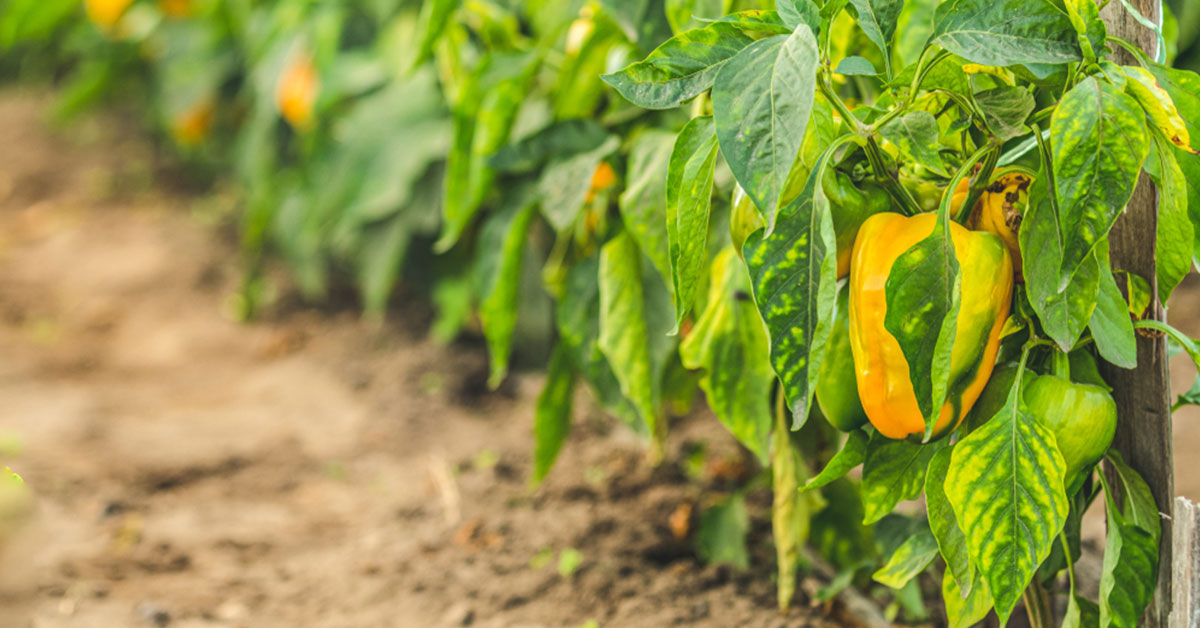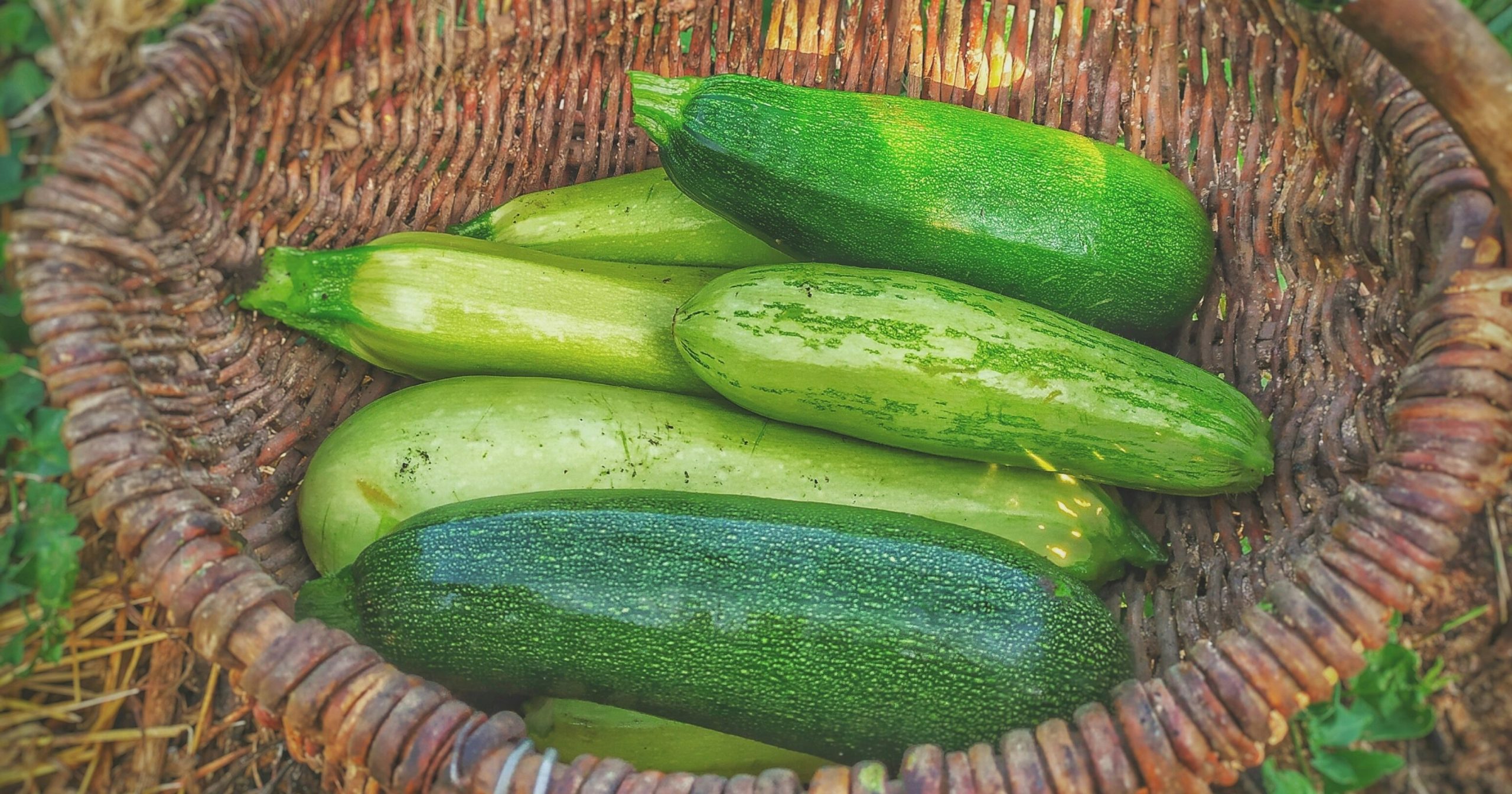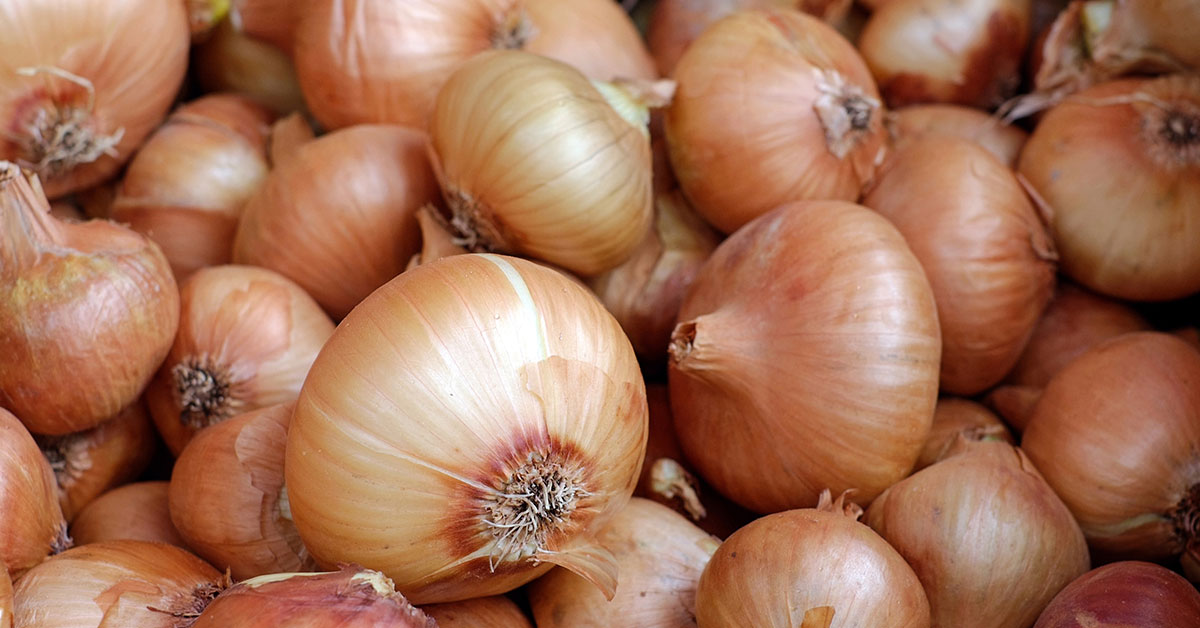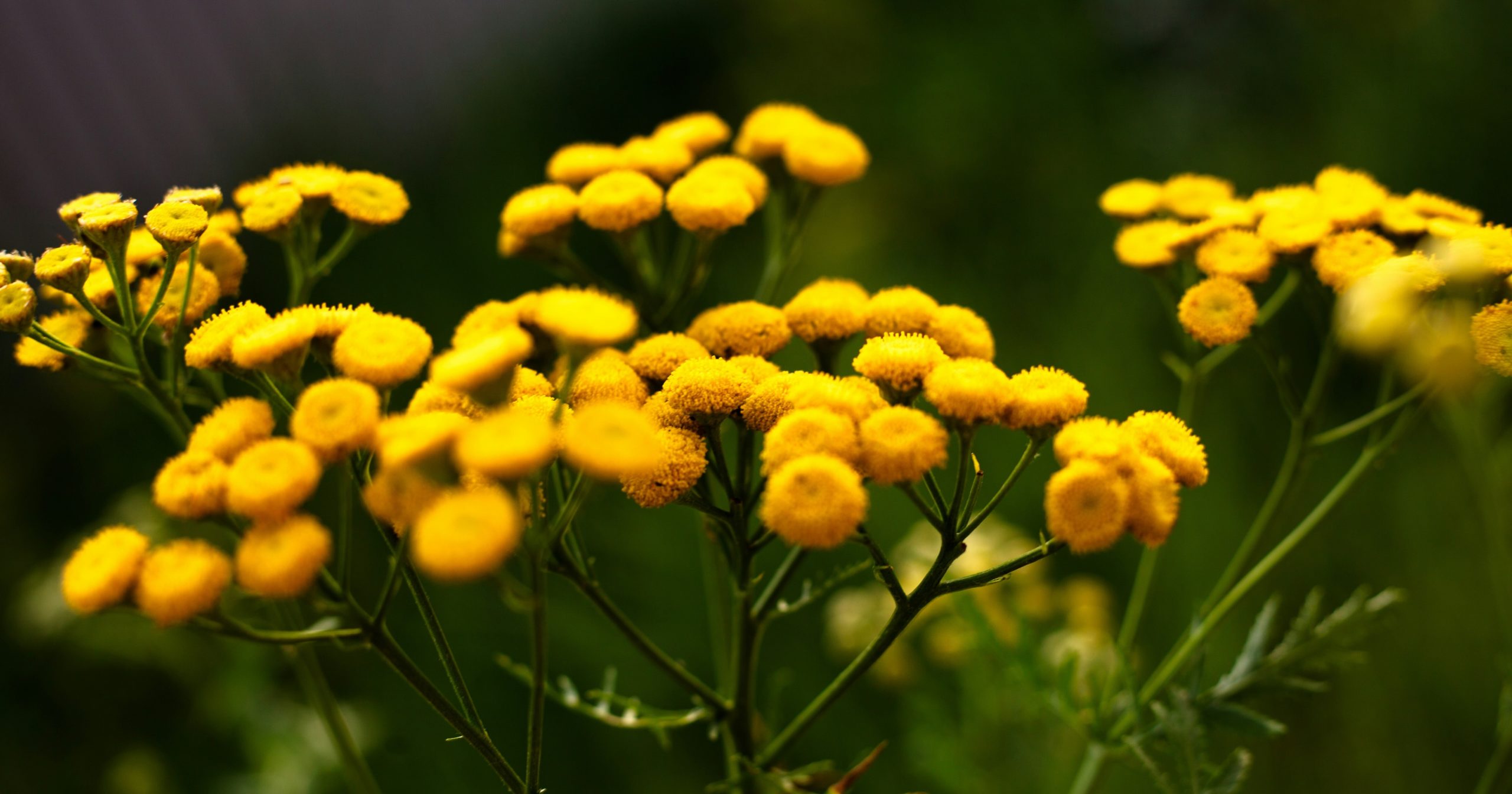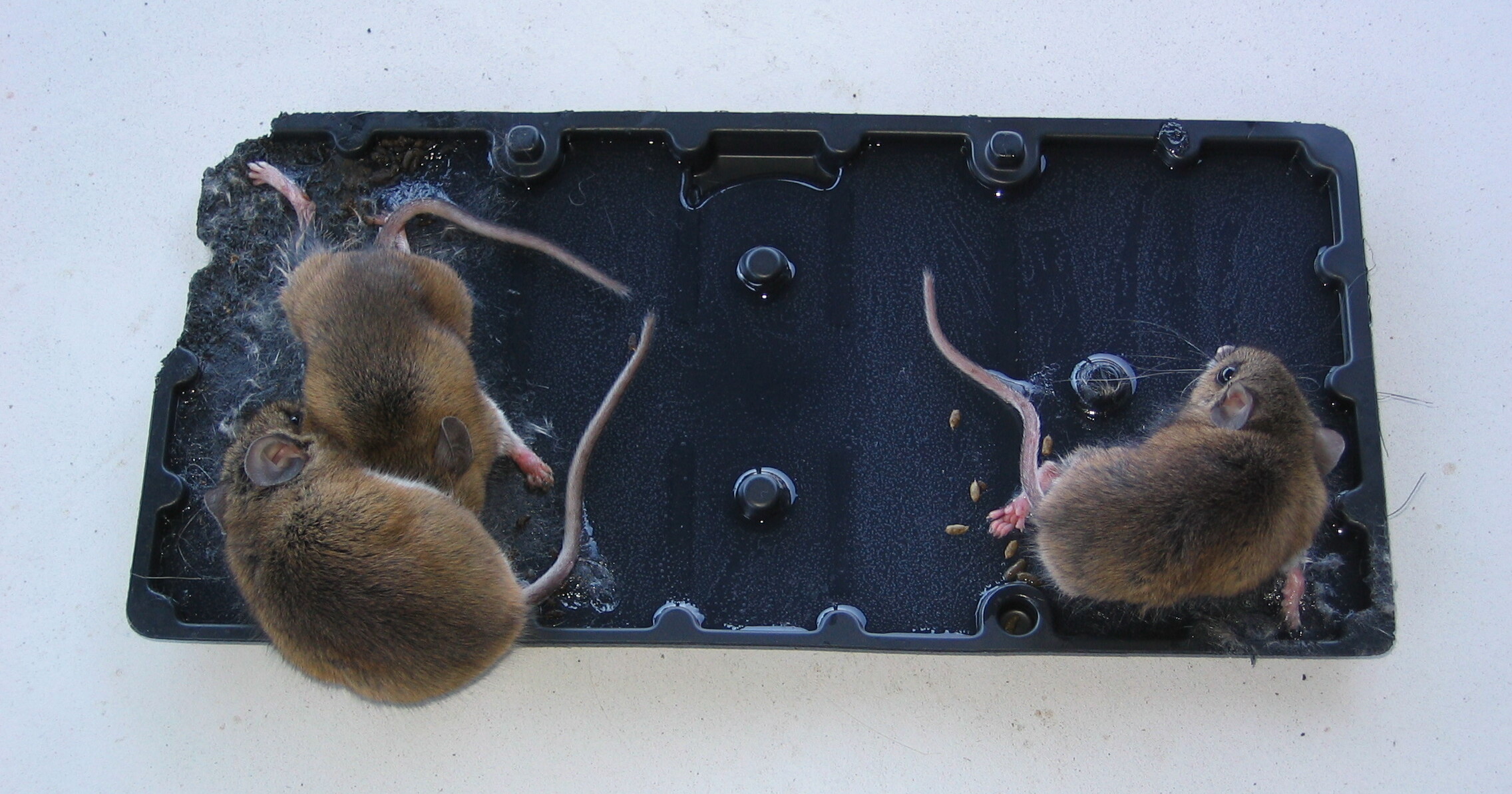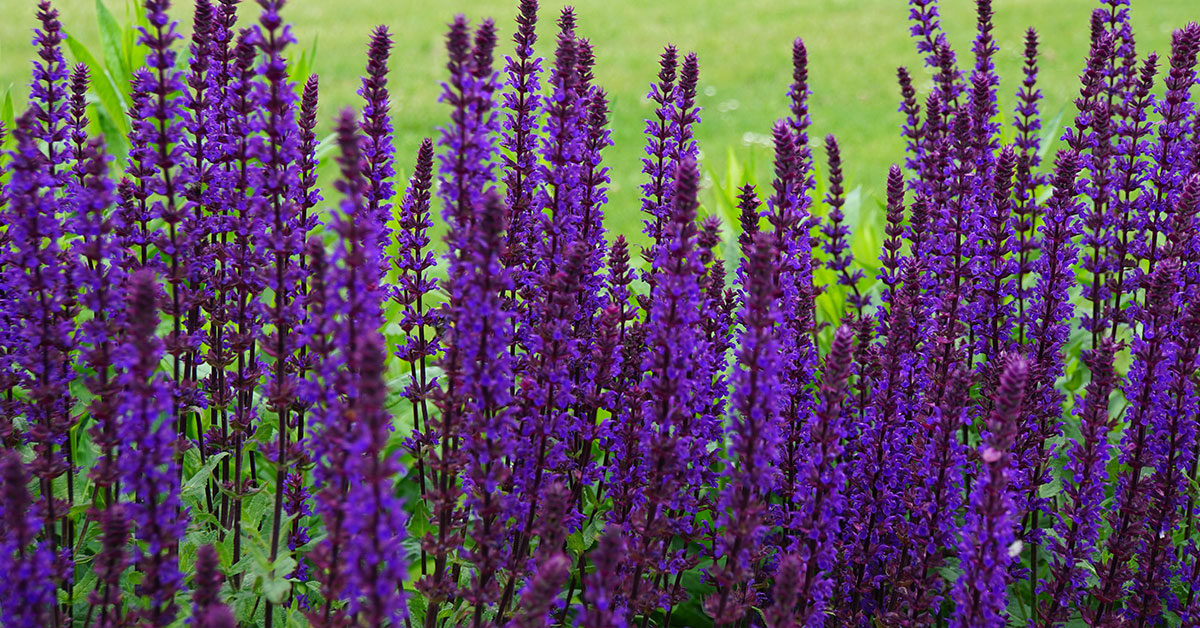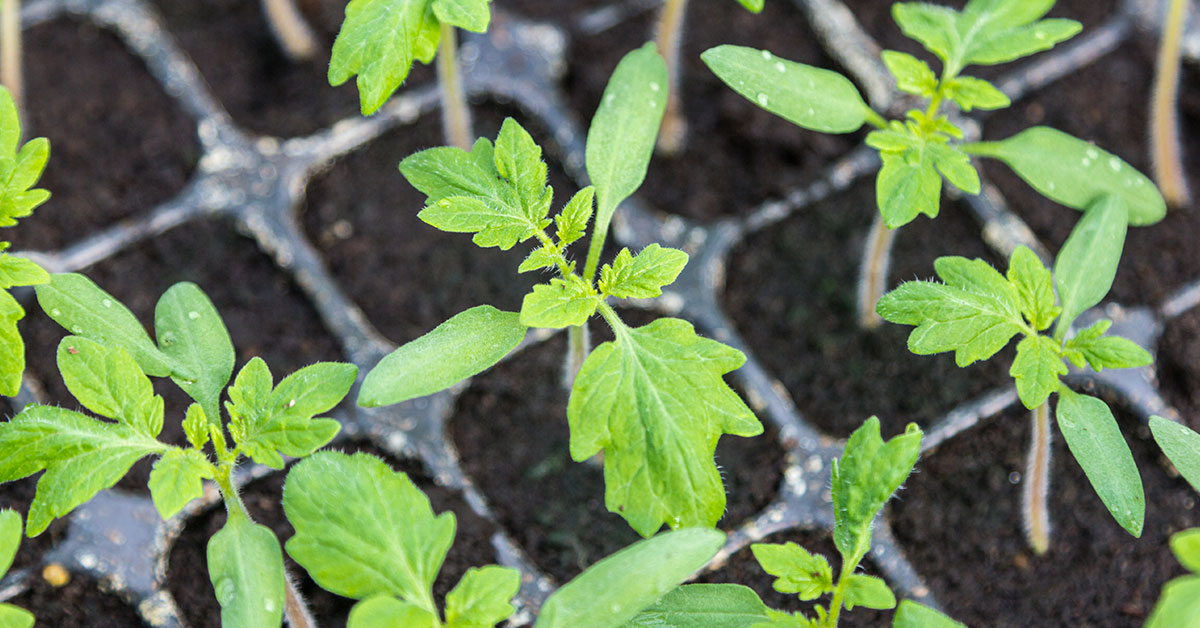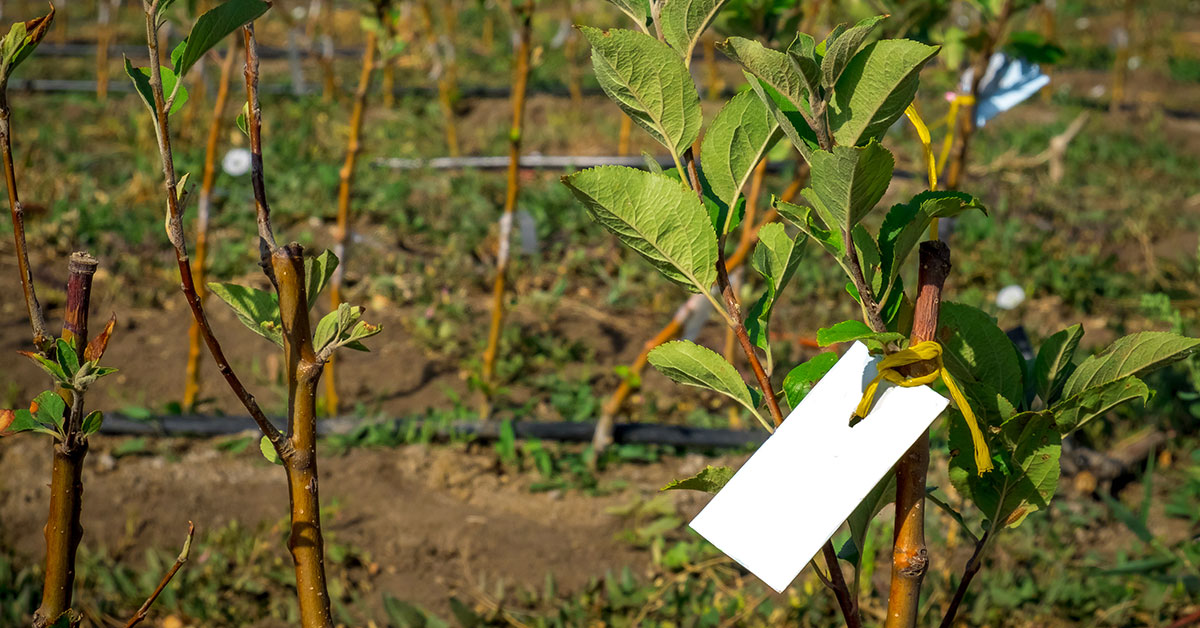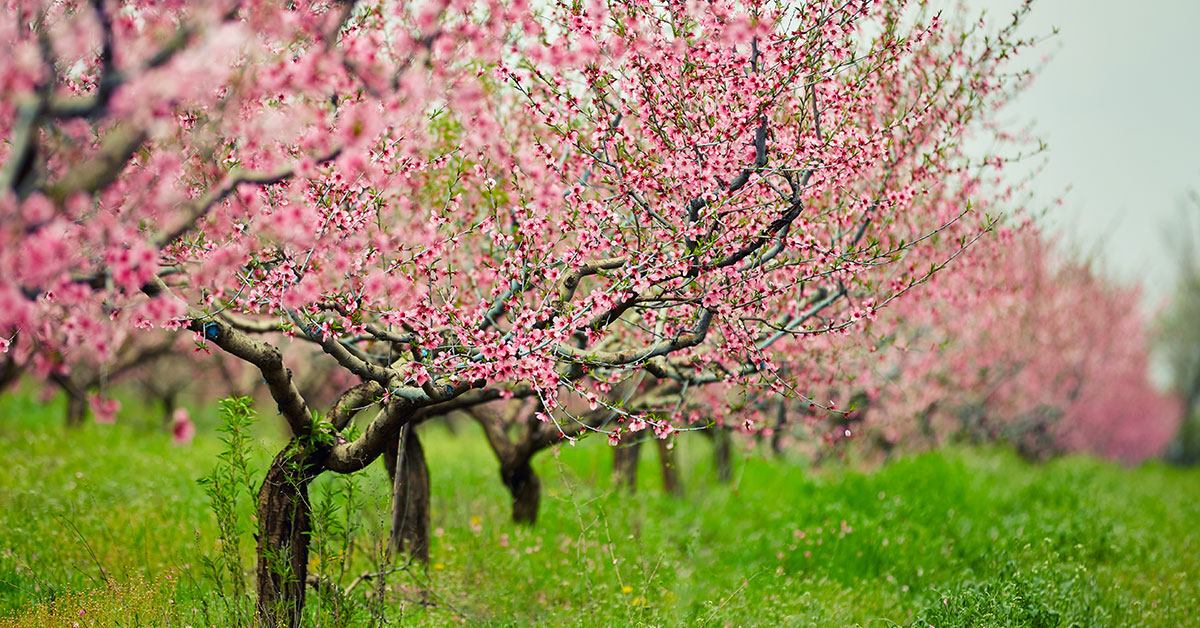Pepper plants are a popular addition to home gardens, offering a variety of colorful and flavorful fruits. However, there are a variety of pepper plant problems that affect their growth and productivity. In this article, we will explore common problems that pepper plants encounter, including diseases, pests, and other issues. By learning to identify these problems and implementing appropriate solutions, you can ensure healthy and thriving pepper plants in your garden.
Common Pepper Plant Diseases
Pepper plants are susceptible to various diseases that can hamper their development. Understanding these diseases and their symptoms is vital for effective management.
Bacterial Spot (Xanthomonas spp.): Bacterial spot causes dark, water-soaked lesions on leaves, stems, and fruits. These spots may develop a yellow halo as they enlarge. Apply copper-based fungicides and practice good sanitation by removing and destroying infected plant material.
Fusarium Wilt (Fusarium spp.): Fusarium wilt is a soilborne fungal disease that causes yellowing and wilting of lower leaves, eventually leading to plant death. Remove infected plants and avoid replanting peppers in the same area for several years. Choose resistant varieties and improve soil drainage to prevent the disease.
Phytophthora Blight (Phytophthora capsici): Phytophthora blight causes wilting, stem rot, and dark lesions on fruits. Ensure good soil drainage and avoid overwatering to prevent this disease. Apply appropriate fungicides and remove and destroy infected plants promptly.
Common Pepper Plant Pests
Pepper plants can fall victim to various pests that damage foliage, stems, and fruits. Here are some common pests to watch out for:
Aphids: Aphids are small, soft-bodied insects that cluster on new growth, causing curling leaves and sticky honeydew. Use insecticidal soap, neem oil, or a strong blast of water to control aphid populations. Introduce beneficial insects like ladybugs or lacewings to the garden as natural predators.
Pepper Weevils (Anthonomus spp.): Pepper weevils are small beetles that cause pinprick holes and tunnel into peppers. Practice good garden hygiene by removing and destroying infested fruits. Placing yellow sticky traps can also help monitor and reduce the population.
Pepper Maggots (Zonosemata electa): Pepper maggots are fly larvae that burrow into pepper fruits, causing browning and rotting. Use floating row covers to prevent adult flies from laying eggs. Harvest peppers promptly to minimize damage.
Other Pepper Plant Problems
In addition to diseases and pests, pepper plants may face other challenges that affect their growth and productivity. Here are a few common problems and their solutions:
Blossom End Rot: Blossom end rot appears as a dark, sunken area at the blossom end of the fruit. It is caused by calcium deficiency or irregular watering. Maintain consistent soil moisture levels and ensure sufficient calcium availability through soil amendments or foliar sprays.
Nutrient Deficiencies: Yellowing leaves or stunted growth may indicate nutrient deficiencies, such as nitrogen, phosphorus, or potassium. Apply balanced fertilizers or compost to provide essential nutrients. Regular soil testing can help identify specific deficiencies.
Environmental Stress: Extreme temperatures, drought, or excessive moisture can stress pepper plants. Provide shade during hot periods, mulch to retain moisture, and water consistently to maintain optimal growing conditions.
By being aware of common problems that pepper plants encounter, you can promptly identify and address issues that may arise in your garden. Implementing appropriate solutions, such as practicing good garden hygiene, using organic pest control methods, and ensuring proper soil nutrition, will help you maintain healthy and productive pepper plants. Enjoy the abundance of flavorful peppers in your culinary endeavors!
